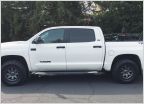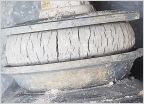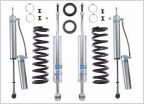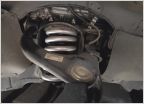-
Welcome to Tundras.com!
You are currently viewing as a guest! To get full-access, you need to register for a FREE account.
As a registered member, you’ll be able to:- Participate in all Tundra discussion topics
- Transfer over your build thread from a different forum to this one
- Communicate privately with other Tundra owners from around the world
- Post your own photos in our Members Gallery
- Access all special features of the site
RAS - What am I missing?
Discussion in 'Suspension' started by blenton, Aug 2, 2024.


 TRD Sway bar, need parts
TRD Sway bar, need parts 2018 Tundra - with 3/1 Ready Lift and Tires
2018 Tundra - with 3/1 Ready Lift and Tires Leveling kit or?
Leveling kit or? Double checking .... 5100's
Double checking .... 5100's Bilstein 6112/5160 vs Fox 2.0
Bilstein 6112/5160 vs Fox 2.0 5100 Bilstein install difficulty?
5100 Bilstein install difficulty?











































































